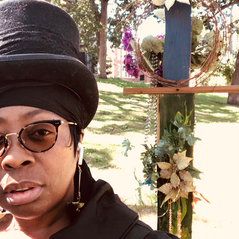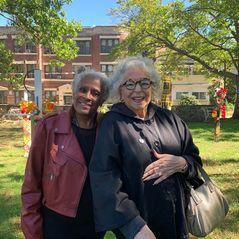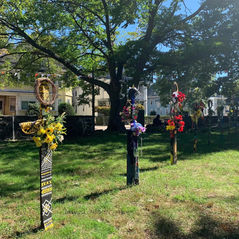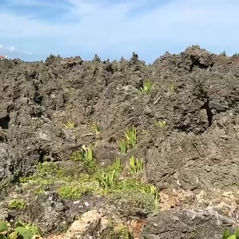
Events
Upcoming Events

 Fruit Tree Program - KickoffSun, Oct 19Boston
Fruit Tree Program - KickoffSun, Oct 19Boston
Upcoming Event
Previous Event
Da’ Boneyard – Roxbury, MA
Da’ Boneyard was a powerful community event held in Roxbury, MA, focused on honoring ancestral memory, cultural roots, and the stories buried beneath forgotten urban spaces.
Through live performances, storytelling, visual art, and public ritual, the gathering invited local residents to reflect on the legacies of land, loss, and resilience. The event created a sacred space for dialogue, remembrance, and creative expression — bringing together youth, elders, artists, and historians in a vibrant celebration of history and healing.
Photo

Forgotten Souls of Tory Row – Cambridge, MA
Forgotten Souls of Tory Row was a deeply moving public art and history project held in Cambridge, MA, dedicated to honoring the lives of enslaved individuals once tied to the historic Brattle Street mansions.
Through ceremonial gathering, spoken word, music, and the unveiling of symbolic sculptures, the event reclaimed space for the untold stories of Black ancestors whose labor and suffering helped shape the city.
Photo

Visit to Roatan, Honduras, Central America
A few years ago, Lynda, Mike, and Hank traveled to Roatán, Honduras on a mission to introduce the community to the vision of the Black Coral Organization. The trip was more than just a visit—it was the beginning of planting seeds for future partnerships, sharing our commitment to reforestation, sustainability, and community empowerment. Through conversations and connections, we laid the groundwork for the work Black Coral would carry forward, rooted in honoring the land and uplifting the people of Roatán.
Photo

1st Annual Fruit Tree Program, Boston, MA (Summer/Fall 2024)
The 1st Annual Fruit Tree Program was a vibrant community event held across Boston neighborhoods during the Summer and Fall of 2024. Focused on environmental justice, food sovereignty, and neighborhood beautification, the event distributed free fruit trees to residents, families, and local organizations

Photo

Mini event
This intimate Mini Event served as a grassroots gathering aimed at connecting local residents through culture, conversation, and creativity.
Held in a public outdoor space, the event featured pop-up storytelling, youth art activities, and music that reflected the spirit of community resilience and togetherness. Though modest in scale, it created meaningful interactions and laid the groundwork for deeper engagement in future programs. It was a reminder that even small gatherings can spark big change.
.jpg)
Photo









































